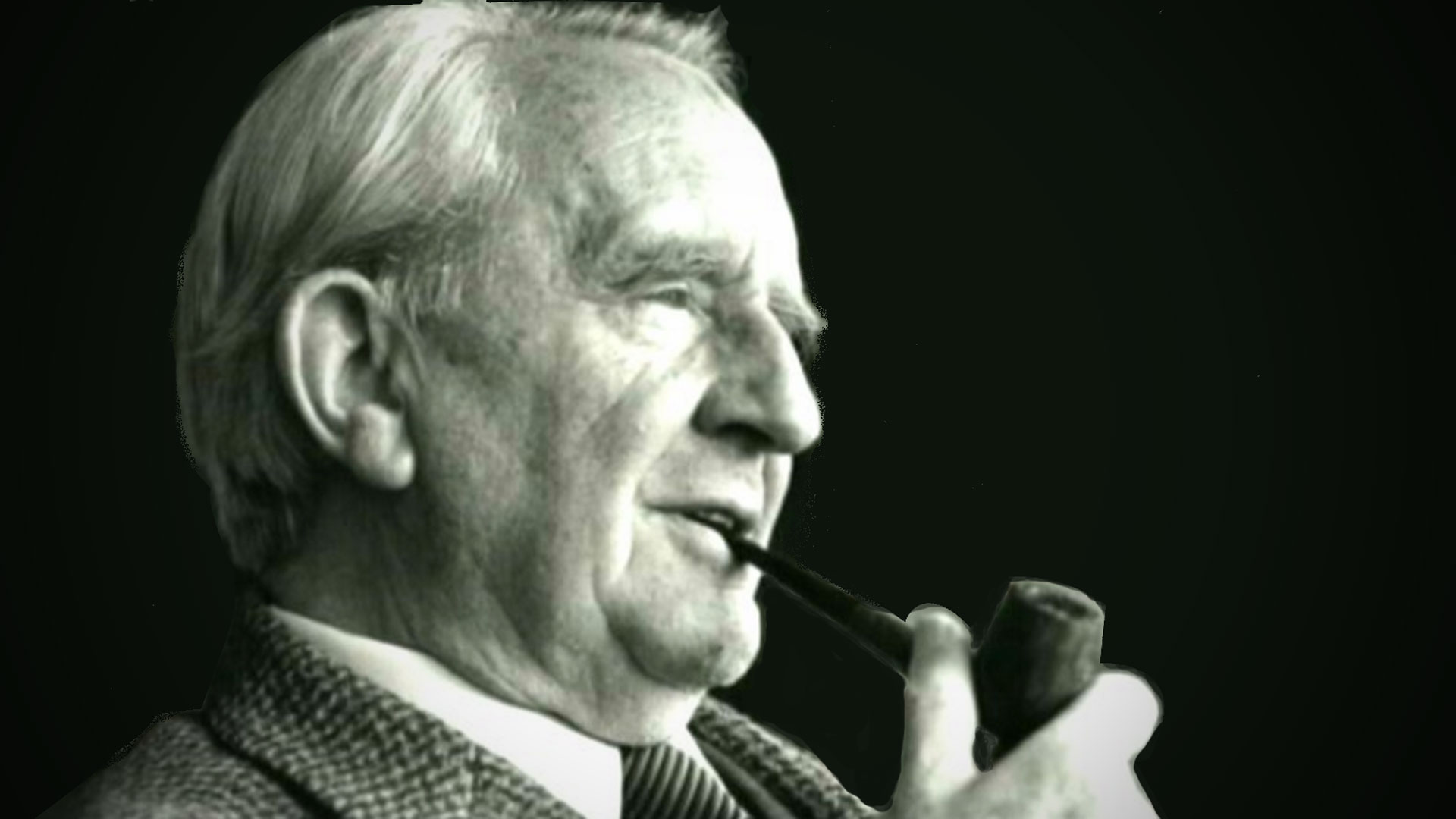
J.R.R. Tolkien, the mastermind behind "The Lord of the Rings" and "The Hobbit," has left an indelible mark on literature. But how much do you really know about this legendary author? Born in South Africa, he moved to England at a young age. His experiences in World War I deeply influenced his writing. Did you know he was a philologist, a lover of languages, and even created several for his fictional worlds? Tolkien's friendship with C.S. Lewis also played a significant role in his career. Dive into these 37 fascinating facts about J.R.R. Tolkien and discover the man behind Middle-earth.
Key Takeaways:
- J.R.R. Tolkien's early life and education, including the influence of his mother and the impact of his father's death, shaped his passion for languages and literature, laying the foundation for his legendary works.
- Tolkien's love for languages, personal relationships, and unique quirks, such as his pet tarantula and dislike of Walt Disney, added depth and authenticity to his iconic literary creations, inspiring generations of readers and writers alike.
Early Life and Education
J.R.R. Tolkien, the mastermind behind Middle-earth, had a fascinating early life that shaped his legendary works.
- Born on January 3, 1892, in Bloemfontein, South Africa, Tolkien moved to England at age three.
- His father, Arthur Tolkien, died when he was just four years old, leaving his mother, Mabel, to raise him and his younger brother.
- Mabel Tolkien homeschooled her sons, introducing them to languages and literature, sparking Tolkien's lifelong passion.
- At age 12, Tolkien's mother passed away, and he and his brother were placed under the guardianship of a Catholic priest, Father Francis Xavier Morgan.
- Tolkien attended King Edward's School in Birmingham, where he excelled in languages, particularly Latin and Greek.
Academic and Professional Career
Tolkien's academic journey and professional career were as remarkable as his literary achievements.
- He studied at Exeter College, Oxford, where he graduated with first-class honors in English Language and Literature in 1915.
- During World War I, Tolkien served as a second lieutenant in the Lancashire Fusiliers, experiencing the horrors of the Battle of the Somme.
- After the war, he worked on the Oxford English Dictionary, focusing on the history and etymology of words of Germanic origin.
- In 1920, Tolkien became a professor at the University of Leeds, where he co-authored a Middle English vocabulary book.
- By 1925, he returned to Oxford as a professor of Anglo-Saxon, a position he held until his retirement in 1959.
Literary Works and Achievements
Tolkien's literary genius is evident in his timeless works, which continue to captivate readers worldwide.
- His first major work, "The Hobbit," published in 1937, introduced readers to the enchanting world of Middle-earth.
- "The Lord of the Rings" trilogy, published between 1954 and 1955, cemented Tolkien's reputation as a master storyteller.
- Tolkien spent over a decade writing "The Lord of the Rings," meticulously crafting its intricate plot and rich mythology.
- "The Silmarillion," a collection of mythopoeic stories, was published posthumously in 1977, edited by his son, Christopher Tolkien.
- Tolkien's works have been translated into over 50 languages, selling more than 150 million copies worldwide.
Languages and Linguistics
Tolkien's love for languages was a driving force behind his creative process.
- He invented several languages for his fictional worlds, including Quenya and Sindarin, both Elvish languages.
- Tolkien was fluent in numerous languages, including Latin, Greek, Gothic, Finnish, and Welsh.
- He created detailed grammars and vocabularies for his invented languages, treating them as real, living tongues.
- His linguistic expertise influenced his writing style, imbuing his works with a sense of authenticity and depth.
- Tolkien's passion for philology, the study of language in historical texts, greatly informed his world-building.
Personal Life and Relationships
Tolkien's personal life and relationships played a significant role in shaping his literary career.
- He married Edith Bratt in 1916, whom he had met when he was 16 and she was 19.
- Their love story inspired the characters of Beren and Lúthien in his Middle-earth legendarium.
- The couple had four children: John, Michael, Christopher, and Priscilla.
- Tolkien was a devout Catholic, and his faith deeply influenced his writing and worldview.
- He was a member of the Inklings, an informal literary group that included C.S. Lewis, with whom he shared a close friendship.
Legacy and Influence
Tolkien's legacy extends far beyond his books, influencing countless aspects of modern culture.
- He is often referred to as the "father of modern fantasy literature," inspiring generations of writers.
- The success of Peter Jackson's film adaptations of "The Lord of the Rings" and "The Hobbit" brought Tolkien's works to a new audience.
- Tolkien's detailed maps of Middle-earth have become iconic, helping readers visualize his fantastical world.
- His influence can be seen in various media, including video games, music, and art.
- The Tolkien Society, founded in 1969, continues to promote the study and enjoyment of his works.
Fun and Lesser-Known Facts
Beyond his well-known achievements, Tolkien's life was filled with intriguing and lesser-known facts.
- He had a pet tarantula as a child, which may have inspired the giant spiders in his stories.
- Tolkien disliked the works of Walt Disney, finding them overly commercialized and lacking depth.
- He was known for his love of beer and frequented the Eagle and Child pub in Oxford with the Inklings.
- Tolkien once described himself as a "hobbit in all but size," sharing their love for simple pleasures and nature.
- He was an accomplished artist, creating many illustrations for his books, including the original cover of "The Hobbit."
- Tolkien's handwriting was notoriously difficult to read, often requiring his son Christopher to decipher it for publication.
- He received the CBE (Commander of the Order of the British Empire) in 1972 for his contributions to literature.
Tolkien's Legacy Lives On
J.R.R. Tolkien's impact on literature and pop culture is undeniable. His works, especially "The Lord of the Rings" and "The Hobbit," have inspired countless readers and creators. Tolkien's rich world-building, intricate languages, and memorable characters set a high bar for fantasy writers. Beyond books, his influence extends to movies, games, and even academic studies. Fans continue to celebrate his genius through conventions, fan art, and online communities. Tolkien's legacy isn't just about stories; it's about the enduring magic of imagination. His ability to craft entire worlds from words remains unmatched. Whether you're a longtime fan or new to his works, diving into Tolkien's universe offers endless wonder. His stories remind us of the power of courage, friendship, and hope. Tolkien's legacy will undoubtedly enchant future generations, keeping Middle-earth alive in our hearts.
Frequently Asked Questions
Was this page helpful?
Our commitment to delivering trustworthy and engaging content is at the heart of what we do. Each fact on our site is contributed by real users like you, bringing a wealth of diverse insights and information. To ensure the highest standards of accuracy and reliability, our dedicated editors meticulously review each submission. This process guarantees that the facts we share are not only fascinating but also credible. Trust in our commitment to quality and authenticity as you explore and learn with us.


